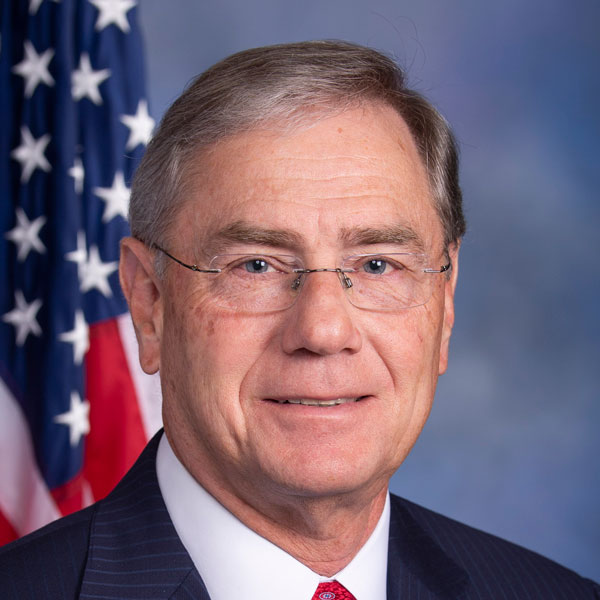Columns
Blaine's Bulletin: Preparing for the Storm
Washington,
March 22, 2019
As many in our community face historic flooding, Congress is grappling with the best way forward for the National Flood Insurance Program (NFIP). Managed by the Federal Emergency Management Agency (FEMA) for the last fifty years, the NFIP is a critical program for many Missourians who live along the Mississippi, Missouri, and Osage Rivers and the Lake of the Ozarks. Unfortunately, the NFIP has faced systemic problems for years, keeping taxpayers on the hook for future losses as Congress provides short-term reauthorizations without much-needed reforms to the program. Facing different regional priorities and major costs, finding a long-term solution to this problem has proven challenging. As it operates today, the NFIP is over $20 billion in debt and in need of comprehensive reform. House Financial Services Committee Chairwoman Maxine Waters has made it a committee priority, but unfortunately her proposals lack real solutions. Chairwoman Waters has proposed forgiving the NFIP’s debt, a short-sighted approach which still leaves American taxpayers on the hook. This year I introduced five pieces of legislation that will provide modest changes to the NFIP and make a real difference to Americans facing the prospect of flooding. My priorities include protecting American taxpayers by transferring risk off the NFIP books, giving local communities a voice in the mapping process, ensuring premiums reflect the cost of a structure, and providing more choices for homeowners in the NFIP and private marketplace. First and foremost, Congress must consider the best way to protect American taxpayers from footing the bill for future losses. The NFIP has been in debt for 15 consecutive years and continues to trend in that direction. However, since 2017, FEMA’s has transferred nearly five billion dollars in risk off the backs of American taxpayers and onto the private sector by utilizing reinsurance and capital markets. I’ve introduced legislation to require FEMA to annually shift a portion of the NFIP’s risk to private reinsurance and capital markets in order to protect taxpayers and ensure the success of the NFIP for generations to come. Nearly every private insurance company has a reinsurance policy to protect them in cases of extreme loss, the NFIP should be no different. Americans across the nation understand that Washington bureaucrats rarely know what’s best for their communities. I introduced the Community Mapping Act to allow local communities to develop flood maps through standardized best practices that represent the realities of their area. In addition, I introduced legislation to protect homeowners by allowing them to test out the private flood insurance market without sacrificing their status in NFIP. These changes could make a huge difference to many of my constituents who have dealt with challenges surrounding NFIP mapping and private flood insurance. I also introduced a commonsense bill that will ensure homeowners pay their fair share for flood insurance without subsidizing America’s wealthier coastal homeowners. Currently, FEMA does not consider the actual replacement cost of a structure when determining NFIP premiums. Instead, they use a fixed national average for replacement costs, essentially creating a system where low-income policyholders are subsidizing wealthier homeowners. FEMA recently announced they will be adopting a new policy similar to my introduced legislation. These are just some examples of common-sense reforms I introduced that should be considered as Congress examines the future of the NFIP. As millions of flood-prone homeowners understand, we need stable, long-term funding and much needed changes to improve the program. It is our responsibility in Congress to improve the NFIP and ensure it will survive for years to come. Comprehensive reform of the NFIP is one of my major priorities, and as we look towards the May deadline, I am optimistic about the prospects of bipartisan action. |
